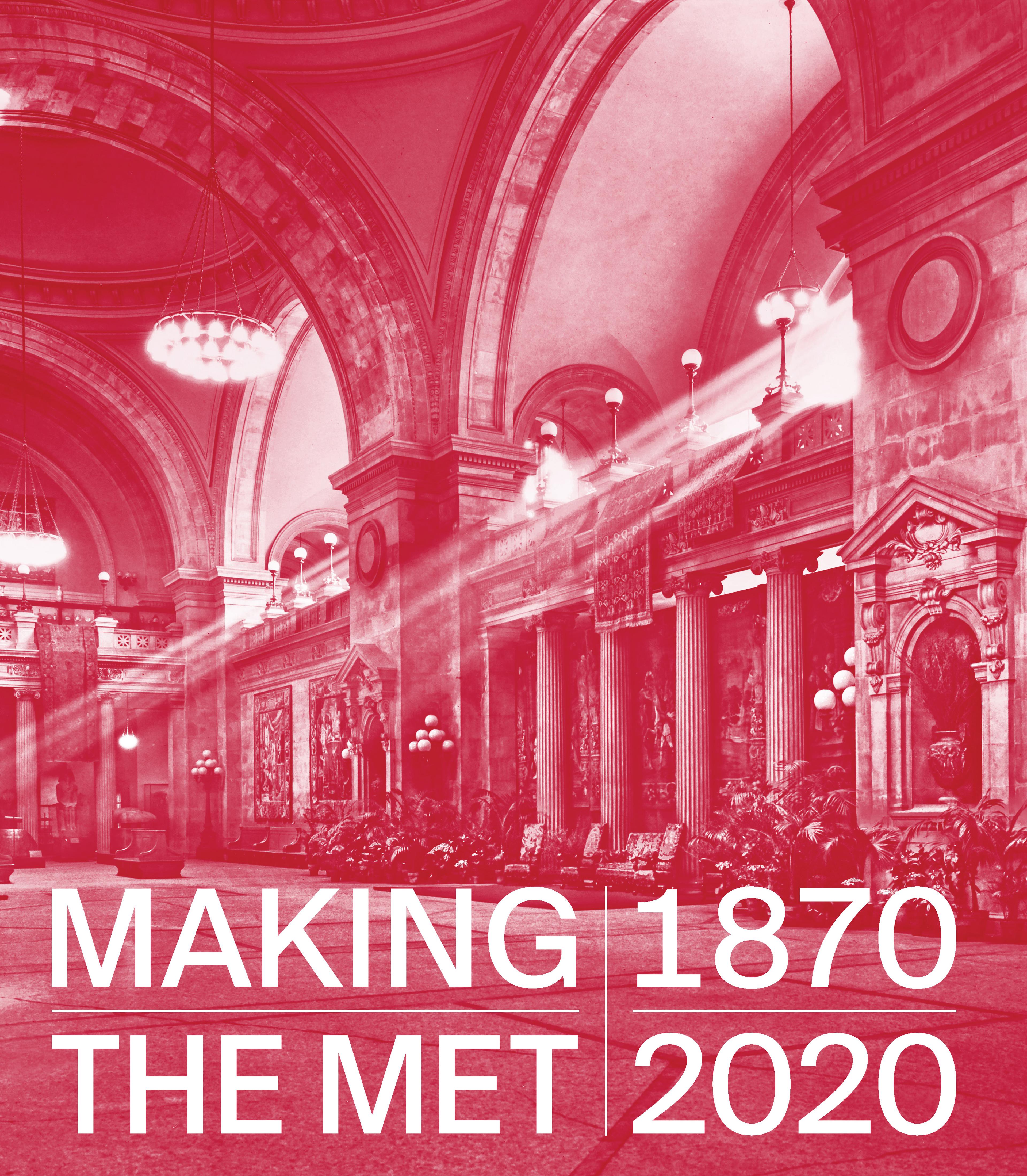English
Ewer (Brocca)
The first identifiable porcelain produced in Europe was made in the Medici court workshops in Florence in the late sixteenth century. Under the patronage of Francesco I de' Medici, Grand Duke of Tuscany, experiments began around 1574 to make porcelain in imitation of Chinese blue and white wares, which were highly prized in Europe. While Chinese and Ottoman ceramics influenced the decoration of Medici porcelain, many of the forms produced in the ducal workshop were indebted to contemporary hard-stone vessels or goldsmith's work, as in the case of this ewer. Approximately sixty of pieces of Medici porcelain are known to have survived.
Artwork Details
- Title: Ewer (Brocca)
- Manufactory: Medici Porcelain Manufactory (Italian, Florence, ca. 1575–ca. 1587)
- Date: ca. 1575–87
- Culture: Italian, Florence
- Medium: Soft-paste porcelain decorated in underglaze blue
- Dimensions: Overall (confirmed): 8 × 4 1/4 × 4 7/8 in. (20.3 × 10.8 × 12.4 cm)
- Classification: Ceramics-Porcelain
- Credit Line: Gift of J. Pierpont Morgan, 1917
- Object Number: 17.190.2045
- Curatorial Department: European Sculpture and Decorative Arts
More Artwork
Research Resources
The Met provides unparalleled resources for research and welcomes an international community of students and scholars. The Met's Open Access API is where creators and researchers can connect to the The Met collection. Open Access data and public domain images are available for unrestricted commercial and noncommercial use without permission or fee.
To request images under copyright and other restrictions, please use this Image Request form.
Feedback
We continue to research and examine historical and cultural context for objects in The Met collection. If you have comments or questions about this object record, please contact us using the form below. The Museum looks forward to receiving your comments.
